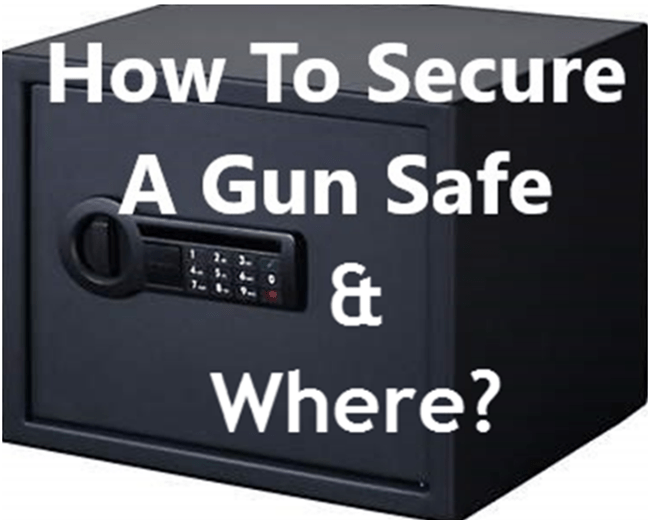
If you own a gun or are considering purchasing a gun safe, then you need to have a safe place to store it. A gun safe is a perfect solution for securely storing firearms and ammunition.
Gun safes can be bolted down to the floor or wall, or anchored in place with a strap.
But how do you go about securing your gun safe to the wall or floor? We will discuss the different ways to bolt, mount, and anchor a gun safe to the wall or floor; whether you are looking for tips on bolting a gun safe to concrete or mounting a gun safe under your bed.
Click to Quickly Navigate to:
Why Is It Necessary to Secure a Safe?
The cost to own a handgun is extremely high. Nevertheless, if you have quite an extensive stock of rare antique weapons, your gun safe may become a potential target.
This is also true in the case of house safety and the valuable items that may be contained therein. It's particularly true for people living in trouble-prone neighborhoods. Therefore, it is imperative for the safe operation of your gun.
Should a Safe Be Bolted Down?
Adding a safe to the ground can stop a thief from accessing your home's contents.
There is no definitive answer to this question as it depends on a variety of factors, such as the type of safe and its location. However, in general, it is a good idea to bolt down a safe if possible. This helps to prevent the safe from being easily stolen or moved, which could potentially lead to valuable items or documents being taken.
Should You Bolt Down a Gun Safe?
If you have a gun safe, you might be wondering if you need to bolt it down. The answer to that question depends on your specific safe and where you plan to place it.
Some gun safes come with mounting hardware, which makes bolting them down easy. If your safe doesn't come with mounting hardware, or if you want to use a different type of safe, you can purchase mounting brackets or anchors.

If you're using a gun cabinet instead of a safe, bolting it down is not usually necessary. Cabinets are generally less sturdy than safes and are more likely to be knocked over.
If you're placing your gun safe in a closet, you don't need to bolt it down. However, if you're placing it in a room where children or others could access it, bolting it down is a good idea.
Where Do You Anchor a Safe?
It is recommended that you bolt your safe to the floor or wall to deter thieves. The most common way to do this is by drilling into the concrete and using expansion bolts. However, if you are not able to do this, there are other ways to secure your safe.
You can also use a cable lock to secure your safe to a heavy piece of furniture. This will make it more difficult for thieves to move the safe and will help to prevent them from being able to open it.
Another option is to use a security system that includes sensors and cameras. This can be an effective way to deter thieves and protect your safe.
Hide It behind an Art Piece or Inside Fake Cabinets
You'll protect the safe if you store yours away from a very obscure spot, the kitchen. Make a fake cupboard in your kitchen, then put your safe in the corner. There are also storage spaces available for the kitchens.
Hide It behind a Fake Wall
Even after having seen the method in several movies, they don't even think about it because it seems absurd. It is nevertheless a practical way and an expert may make the fake wall for your own gun safety.
Where Should I Mount My Gun Safe?
The ideal place for protecting the firearm against fire is outside the kitchen or other areas that are prone to fire.
Best Locations for Bolting Gun Safes
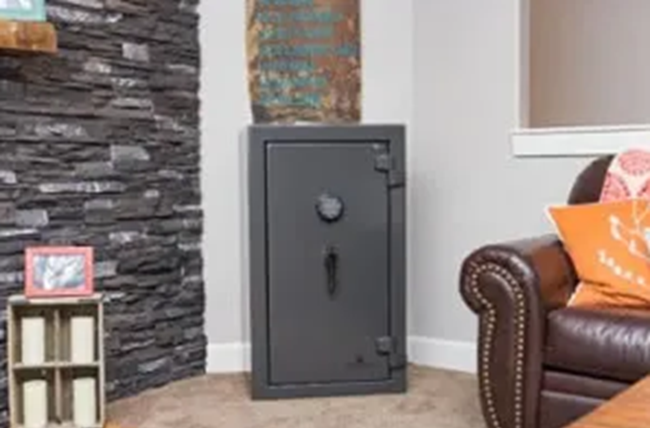
Please take it seriously because each house has an individual layout and will determine which place to go, but you're going to want some recommendations from us.
Master Suite
Generally, a master suite can be the best place for your safety, as the room would probably be smaller and offer a higher level of privacy. Nevertheless, many thefts assume the store has valuable possessions in it.
Coat Closet
A coat closet outside of the main entrance hall, or some other space outside the room, is also a good spot.
Garages
Most large safes end up inside garages and unless they're located behind fences or away from a road, it's a fairly bad place for thieves.
WALL MOUNTING
Can You Bolt a Safe to the Wall?
If you are not armed with a security system, you can easily attach it directly to your wall. As with a safe on the floor, you must secure it on solid walls and most likely concrete.
Those that have mounting holes in front can be attached easily. As with a basement safe, your wall should be strong enough to keep it secured and should be concrete.
Most guns have holes to attach them to concrete, wood, or metal, which allows you to bolt it down to concrete or even wood. Most safes, however, do not provide holes at the front that can be fixed into a wall.
We suggest having the security installed by a certified professional because they have all the necessary equipment.
Can You Secure a Gun Safe to the Wall?
Most gun safes are attached with holes that are drilled into masonry, concrete, or wood. However, most safety models have no hole to secure a wall.
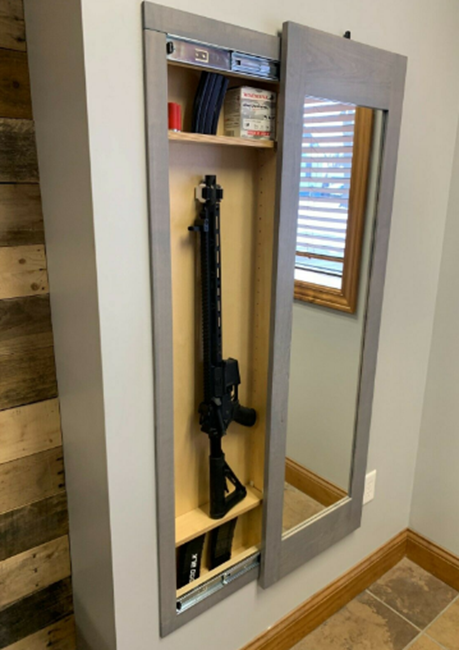
How to Mount a Gun Safe on the Wall: Step by Step
There are many ways to bolt down your safe, but some methods are better than others. In this article, we will discuss the best way to bolt down your safe so that it is secure and cannot be easily stolen.
The first step is to find a stud in the wall where you will be mounting the safe. Once you have found a stud, use a drill to make a hole in the wall. The hole should be big enough for the anchor bolts that come with your safe.
Once the hole is drilled, insert the anchor bolts and tighten them until they are snug. Be sure not to overtighten the bolts, as this could damage the safe or the wall.
Once the bolts are in place, use a level to ensure that the safe is level. If it is not, use shims to adjust the safe until it is level.
Now that the safe is secure, you can load it up with your guns and other valuables. Remember, safety first! Make sure to keep your firearms out of the reach of children and unauthorized personnel.
The Best Materials For a Wall Mounted Gun Safe
The material should be taken into consideration when attempting a screw hole. Sometimes, a screw or bolt is not strong enough to penetrate concrete or other materials. The right installation will increase the hammer's power efficiency. Two main methods to secure an item are to screw and bolt.
How Do You Bolt a Sentry Safe to the Wall?
To bolt a sentry safe to the wall, follow these simple steps:
1. Remove the screws from the back of the safe.
2. Mount the safe to the desired location using the screws and anchors provided.
3. Reattach the screws to the back of the safe.
4. Tighten all screws until they are snug.
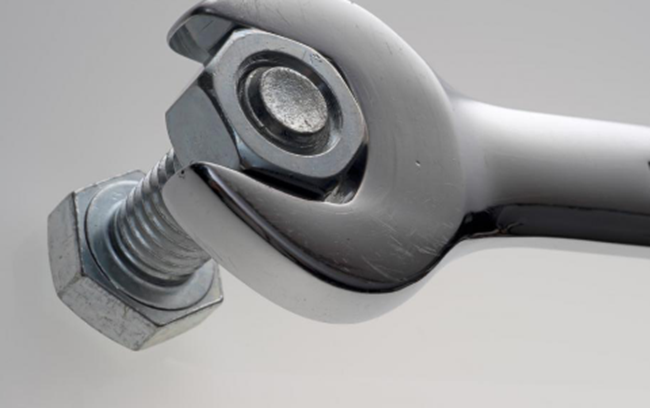
Can You Bolt Down a Safe in an Apartment?
A safe is a great way to protect your belongings, but it can be tricky to bolt one down in an apartment. If you have a concrete floor, you can use lag screws to secure the safe to the floor. If your floor is made of wood or another material that's not as sturdy, you'll need to use a mounting bracket to attach the safe to the wall.
Make sure you use a sturdy bracket and that you bolt it securely to the wall. You can also use a cable to secure the safe to a heavy piece of furniture. Whatever method you choose, make sure the safe is firmly attached to something solid so it can't be easily moved.
Your safety cannot be secured with a bolt attached to an exposed drywall which could easily fall into the hands of a burglar. The best advice would be to use a professional if you need assistance bolting your security in the wall studs. This means that you must drill holes into the walls that are positioned directly at the center of the bolt that is attached.
Can You Bolt a Safe into Concrete?
When it comes to bolting a safe into concrete, you want to make sure that you have the right power tools and knowledge for the job. Many people think that this is an impossible task, but with the right tools and instructions, it can be done relatively easily.
The first step is to find the right spot for your safe. You'll want to make sure that the spot is level and solid. Once you've found the right spot, you need to start drilling into the concrete. You'll need a drill bit that is at least as wide as the bolts that you're using.
Once you've drilled the holes, it's time to put the bolts in. Make sure that the bolts are long enough to go through the safe and into the concrete. Once the bolts are in, it's time to tighten them up. You'll want to use a torque wrench to make sure that they are tight enough.
Once everything is tightened up, it's time to install the safe. Make sure that you have a friend to help you out. It can be tricky to lift the safe and put it in place. Once the safe is in place, it's time to bolt it down.
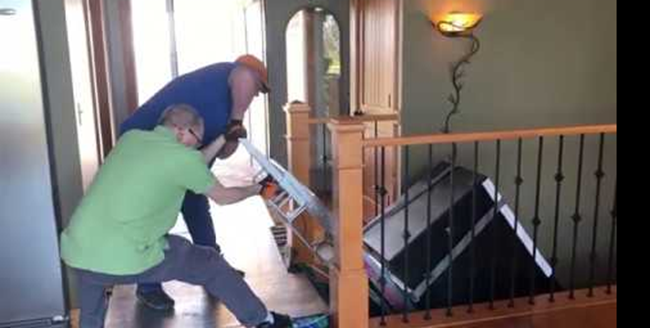
Recommendation
A drill hole can help if you have concrete floors, ensuring your safe will fit perfectly in your house. However, as gun owners, you can always improvise. Those with very tight budgets can use heavier materials to help them get safer.
Unless you are restricted by cash, you might also want to consider a fake wall.
FLOOR BOLTING
Can You Bolt a Safe to the Floor?
When it comes to safes, there are a lot of options to choose from. But one question that often comes up is whether or not you can bolt a safe to the floor. The answer is yes, you can bolt a safe to the floor.
There are a few things you need to consider before you do though.
First, you need to make sure that the safe is properly anchored to the floor.
Second, you need to make sure that the floor can support the weight of the safe.
Can You Bolt Any Safe to the Floor?
It depends on the safe. Some are designed to be bolted down while others are not. If you have a safe that is not designed to be bolted down, it is not recommended that you do so. Instead, find a place where the safe will be stable and secure.
Should a Gun Safe Be Bolted to the Floor?
There is no definitive answer as to whether or not a gun safe should be bolted to the floor. Some people feel that it is an important safety precaution, while others believe that it could make it more difficult to access firearms in the event of an emergency.
Ultimately, it is up to the individual gun owner to decide what is best for his or her own situation.
There are a few things to consider when making this decision.
First, how stable is the gun safe?
If it is prone to tipping over or moving around, bolting it to the floor may help to keep it in place.
Second, how easy is it to access firearms in the event of an emergency?
If the safe is located in a difficult-to-reach place, bolting it to the floor may make it difficult or impossible to get to the guns in a hurry.
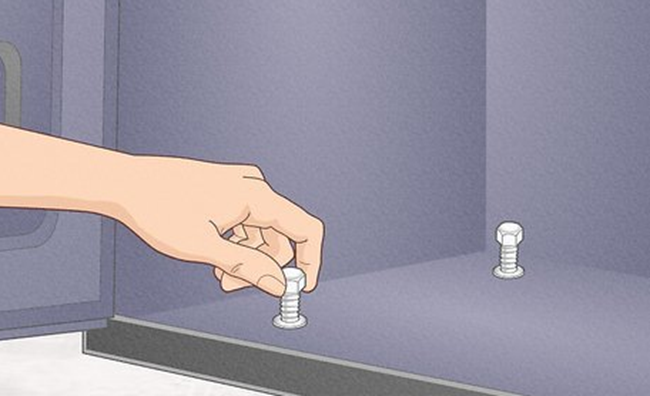
Finally, it is important to remember that a gun safe should never be used as the only means of security for firearms. Even if the safe is bolted to the floor, it is still possible for someone to break into the home and steal the guns.
In addition, the safe should always be kept locked, even when it is not in use.
By taking these precautions, gun owners can help to ensure that their firearms are as safe as possible.
How to Install a Floor Safe to the Floor?
Most floor safes come with specific instructions on how to install them, so make sure to read the manual before beginning installation. In general, however, you will need to:
1. Choose an appropriate location for the safe. It should be out of sight and in a location that is not easily accessible.
2. Mark the outline of the safe on the floor using a pencil or chalk.
3. Cut out the outlined area using a power saw. Make sure to wear safety goggles and a dust mask to protect yourself from debris.
4. Place the safe in the cutout area and secure it to the floor using lag bolts.
Floor safety is very useful because it is very easy to conceal. Installation may take longer but should be left to an expert in this respect. There is a need for cutting and clearing a concrete floor or restoring a wood floor that already exists.
Can You Glue a Safe to a Concrete Floor?
The short answer is yes, but it's not as simple as just slapping some glue on the bottom of the safe and calling it good. There are a few things you need to take into consideration before permanently attaching your safe to the floor.
The first thing you need to think about is what kind of safe you have. If your safe is made out of steel, then you're going to need a very strong adhesive to make sure it stays put. We recommend using an epoxy or a polyurethane adhesive for this purpose.
Just make sure that whatever glue you use is rated for use on concrete and metal.
Can You Bolt a Safe to a Wooden Floor?
A lot of people ask if it is possible to bolt a safe to a wooden floor, and the answer is yes! In fact, this is one of the most common ways to secure a safe.
There are a few things to keep in mind when bolting a safe to wood, however.
First, you will need to use special bolts that are designed for use with wood. These bolts will have a different threading than regular bolts, so make sure to get the right ones.
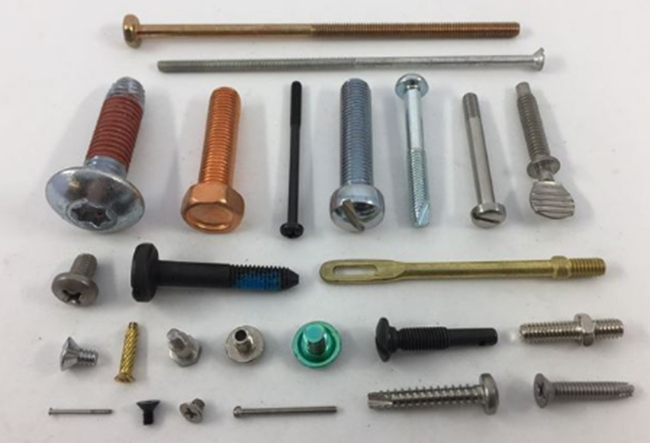
Second, you will need to predrill holes in the floor for the bolts. This is important because it will make it much easier to get the bolts started and will help to prevent the wood from splitting.
TIP
Bolt the Safe to Large Wooden Pallets
Another excellent method for keeping your security safe can be to mount it on large wooden pallets. This is thick and large enough so it doesn't fall out of a door. The thieves would have to disassemble the pallet, and that would be a difficult job to complete.
What Do You Put under Gun Safes on Hardwood Floors?
You should put the carpet underneath. It protects the floor because it distributes the safety weight evenly. However, it can be difficult to apply rubber cladding for linings. This could leave permanent damage to floors.
Can I Put a Gun Safe on Tile Floor?
Tile flooring is often useful for protecting gun guns. Nevertheless, few varieties of glazed floor tiles will withstand heavy loads. PEI's tile rating system provides consumers with more detailed information on the tile's usage.
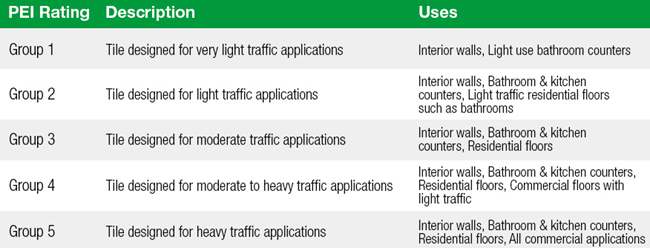
Can You Bolt a Safe to the Floor Through Carpet?
You can bolt a safe to the floor through the carpet, but it's not recommended.
Carpet can add an extra layer of protection against vibration and movement, but it can also make it more difficult to access your safe in an emergency.
If you do decide to bolt your safe through the carpet, be sure to use thick and high-quality bolts.
When not to Bolt a Safe to the Floor?
Bolting a safe to the floor is not always the best option. In some cases, it can actually make the safe more vulnerable to theft. Here are some things to consider before bolting your safe to the floor:
The type of flooring in your home or business. If you have a concrete floor, bolting the safe down will provide more security. However, if you have a wood floor, bolting the safe down could cause damage.
The location of the safe. If you bolt the safe down in a visible location, it could make it more tempting for thieves. It's often best to keep safes hidden from view.
TIP
Bolt Two Gun Safes Together
Another easy and fast means of storing guns in a safe is to buy a pair or two. Keep your gun safes in the same size and same model. This way you can easily bolt them together with the same type of hardware.
If you have different types or sizes of gun safes, you may still be able to bolt them together. However, it will require a bit more work on your part. You'll need to find bolts and brackets that fit both types of gun safes. It's possible to do, but not as easy as bolting together two gun safes that are the same.
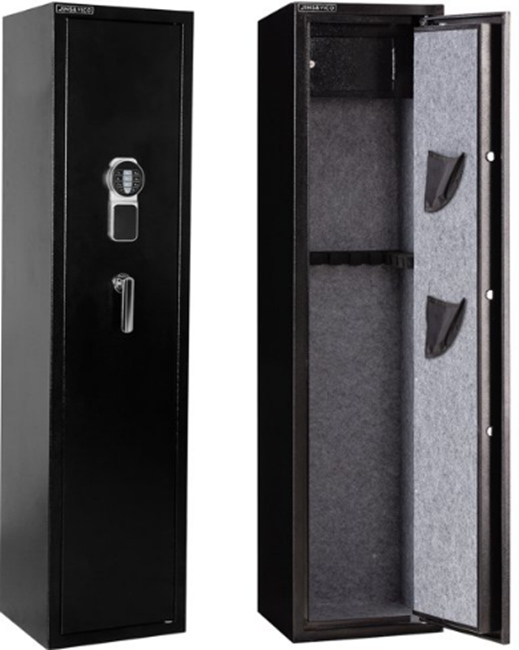
Once you have your gun safes bolted together, you can further secure them by adding a padlock. This will make it even more difficult for someone to break into your gun safe and steal your firearms.
How Do You Secure a Safe at Home?
Various methods can be taken to secure safes without the use of bolt-on doors:
Add weights.
Keep it out of sight on bare flooring.
Put it behind the false wall.
Generic Safe Bolting Instructions
1. Always use the correct size and type of bolt for the application.
2. Always use a torque wrench to properly secure bolts. Do not over tighten.
3. Follow the manufacturer's recommendations for installation and torque specifications.
4. Inspect bolts regularly for signs of wear or damage.
5. When installing new bolts, always use new nuts and washers.
6. Be sure to check that the area around the bolts is clean and free of debris before installation.
7. Always use proper safety equipment when working with bolts, including gloves, eye protection, and hearing protection if necessary.
8. If you have any questions about safe bolting practices, consult with a qualified professional.
Mounting to the Floor
You will require a special instrument such as drills that are powerful for the job, preferably an impact tool depending on the screw you are using. You'll be able to drill the hole through concrete flooring if necessary and drill with the correct bits.
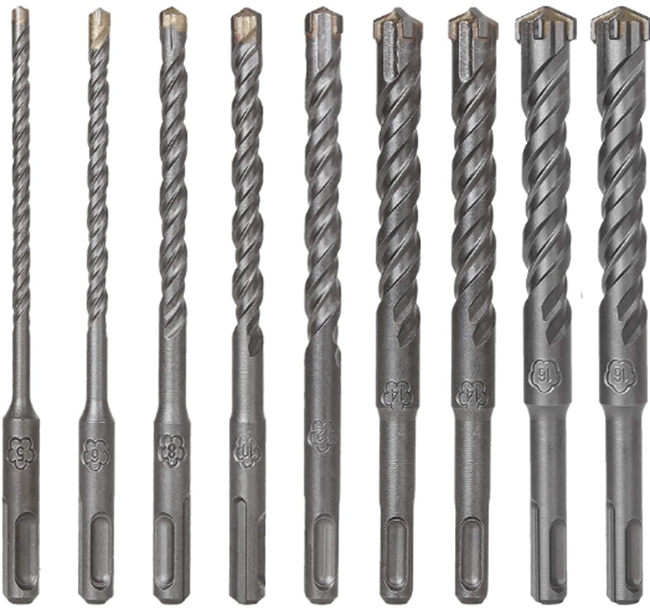
Several companies will offer complete floor bolt kits. If you do not have the proper hardware for the installation, then you'll have to ask the manufacturer for safety. Most floors are drilled in through the usual drill bit or concrete drill bit.
Installing Upstairs
If you're looking to keep your guns away from prying eyes and curious hands, then installing a gun safe upstairs is a great option. Not only will it keep your firearms out of sight, but it will also help prevent any accidents or misuse.
There are a few things to consider before installing a gun safe upstairs, such as the type of gun safe you need and the best location for it. With a little planning and some help from a professional, you can have your gun safe installed in no time.
Mounting on a Wood Floor
You've bought a gun safe to protect your firearms, but now you need to secure it to the floor. While there are many ways to do this, the most effective is to bolt the safe down. This will ensure that it cannot be easily removed or toppled over.
To bolt a gun safe to a wood floor, you will need to use lag bolts. These are long, heavy-duty screws that will go through the floor and into the safe. You will need at least four lag bolts, although more may be needed depending on the size and weight of the safe.
Mark where you want to place the lag bolts on the floor. Drill pilot holes for the lag bolts, making sure that they are slightly smaller in diameter than the bolts themselves. This will make it easier to screw them in.
Place the gun safe in position and thread the lag bolts through the anchor holes. Tighten them down with a wrench, making sure that they are very tight. You may need to use a socket set to do this.
Now your gun safe is securely bolted to the floor and ready to use. Be sure to test it periodically to make sure that the bolts are still tight. Also, check the condition of the lag bolts themselves. If they show any signs of wear or damage, replace them with new ones.
Attaching to Walls
There are a number of reasons why you might want to attach your gun safe to the wall. Wall-mounted gun safes offer greater security and protection from theft or tampering, and can also help to free up floor space in your home.
In most cases, attaching a gun safe to the wall is a relatively simple process. However, it's important to choose the right location for your safe, as well as the right type of fasteners and wall anchors to ensure that it is securely attached.
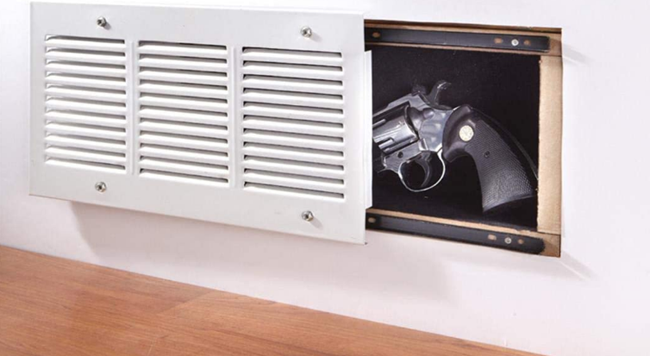
When choosing a location for your gun safe, keep in mind that it should be out of reach of children and away from any windows or doors where someone could gain entry to your home. It's also important to choose a location that is structurally sound and capable of supporting the weight of the safe.
The most common way to attach a gun safe to the wall is with lag bolts. Lag bolts are large screws that come with washers and can be driven into the wall with a wrench or socket. For best results, use at least three lag bolts to secure the safe to the wall.
If you're attaching the safe to drywall, you'll also need to use wall anchors. Wall anchors provide extra support and help to distribute the weight of the safe more evenly.
OTHER THINGS TO CONSIDER
Bolt It to a Steel Slab
If your lock is anchored into a heavy steel structure it increases its size as well as its weight. Hopefully, this weight and size increase will stop any burglars from getting your gun.
The steel pillar needs to be about 1 inch thick to get the desired strength and thickness. This minimum thickness should be very solid. A slab of this size is also important for the door. This can make a burglar's entry difficult even with the safes turned on sideways.
Weighty Decisions
When evaluating a basement floor for the location of a safe for a gun, weight can become the biggest concern. The code says every floor of an apartment building must be capable of containing 40 pounds of square foot, regardless of location.
Building standards have many underlying factors which confuse people. It can be hard to determine which gun is safe — pun intended — particularly when you don’t have a final weight. Imagine that it weighs about 1000 pounds empty and is 2.5 feet long and 2.5 feet deep.
Environmental Suitability
You understand your needs and what you've got to protect your firearms against. You will now have to take into consideration environmental compatibility too.
Having a damp and unfinished basement is not the best choice for a humid environment; that could damage your firearms.
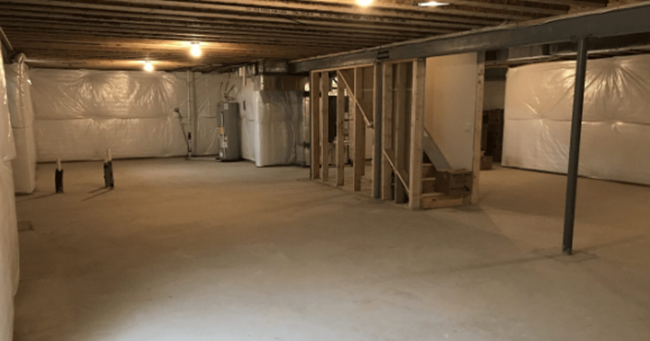
An uninsulated incinerator can also have extreme temperatures that can be too high for a firearm or gun storage area.
It is important that you find a location where the air quality is low and the air humidity is stable.
Parting Thoughts
Most gun owners believe that the safety of a firearm provides the perfect solution to protect the firearm. As firearm handling gets tougher, it's important to have a secure system in place.
Even though no security is perfect, putting up the safe is an excellent sign that your efforts are being made to be a safe gun user in any circumstance. Are there any well-concealed firearm safes that are better? Hand-Picked Ammunition and Guns Discount Saturday, 21 March.
Conclusion
Gun safes are necessary pieces of equipment to store firearms and ammunition in a secure manner. There are many different ways that you can bolt down, mount, or anchor your gun safe to the wall or floor. It is important to consider your needs and find the best way to secure your safe so that it cannot be easily stolen or accessed by unauthorized individuals.